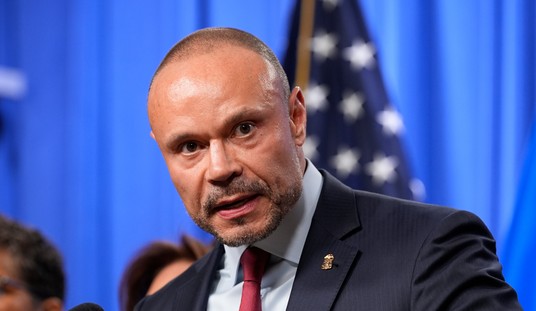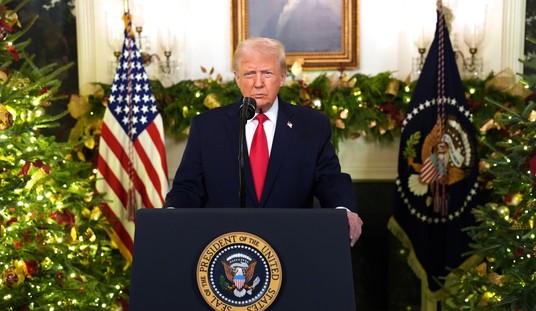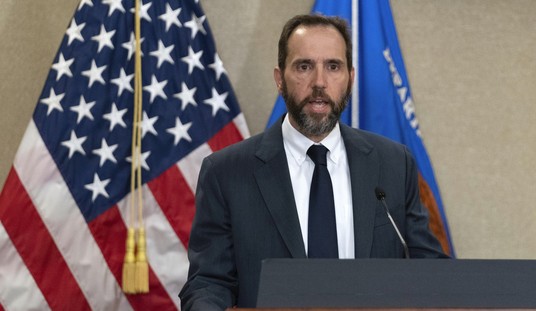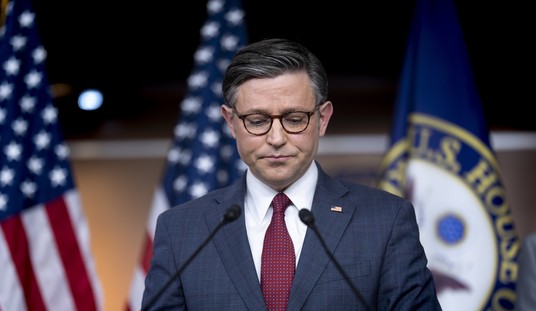The Federal Reserve Bank’s recent announcement that it is on the verge of ending its unprecedented and controversial monetary stimulus program seemed to reassure investors and let the Dow Jones Industrial Average eke out mild gains each day during the past week.
Credit the technique of “signaling” that involves the implementing of a policy with predictability that former Fed Chairman Ben Bernanke began and his successor Janet Yellen continued when she took the post early this year. Such steadiness in scaling back on the stimulus by $10 billion at each Fed meeting removed the kind of uncertainty that investors hate and staved off a potential market sell-off last week.
The Fed’s Sept. 17 announcement that it may end its purchase of government agency-issued assets at its next meeting also will let the U.S. central bank curb the immense growth of its balance sheet. Indeed, the Fed has added nearly $4 trillion in liabilities since 2008 through its monetary stimulus program and has caused House Financial Services Committee Chairman Jeb Hensarling, R-Texas, to hold hearings aimed at changing how the nation’s central bank operates.
For investors, the market exhibited relative calm last week with the Dow gaining .59% on Tuesday, Sept. 16, .15% on Wednesday, Sept. 17, .64% on Thursday, Sept. 18, and .08% on Friday, Sept. 19, when it closed at 17,279.72. Speculation that the Fed’s stimulus policy would lead to a dependency of the markets on the practice has proven to be unwarranted thus far.
Recommended
The Fed specifically announced on Sept. 17 that it would cut its purchase of agency-backed securities in October by $5 billion from $10 billion, as well as add to its holdings of longer-term Treasury securities at a pace of $10 billion per month rather than $15 billion per month. Despite the pulling back, the Fed issued a statement that indicated its sizable and still-increasing holdings of longer-term securities should maintain downward pressure on longer-term interest rates, support mortgage markets and help to make broader financial conditions more accommodative in spurring an economic recovery.
If future economic data supports the Federal Open Market Committee’s (FOMC) expectation of ongoing improvement in labor market conditions and inflation moving back toward its longer-run objective of 2 percent, the central bank indicated it plans to end its current program of asset purchases at its next meeting. However, asset purchases are not on a “preset course” and any decision about their pace will remain contingent on the outlook for the labor market and inflation, as well as the Fed’s assessment of the likely efficacy and costs of such central bank intervention, the FOMC announced.
The FOMC reaffirmed its view that a “highly accommodative stance” of monetary policy remains appropriate, along with its goal of maintaining the current 0 to 1/4 percent target range for the federal funds rate, which is the interest rate at which depository institutions lend balances to each other overnight.
Of course, the nearly $4 trillion in liabilities that the Fed has amassed since 2008 remains to be addressed but at least the massive total soon may stop growing.
Paul Dykewicz is the editorial director of Eagle Financial Publications, a columnist for Townhall and Townhall Finance, and the author of a new book, “Holy Smokes! Golden Guidance from Notre Dame’s Championship Chaplain.”

























Join the conversation as a VIP Member